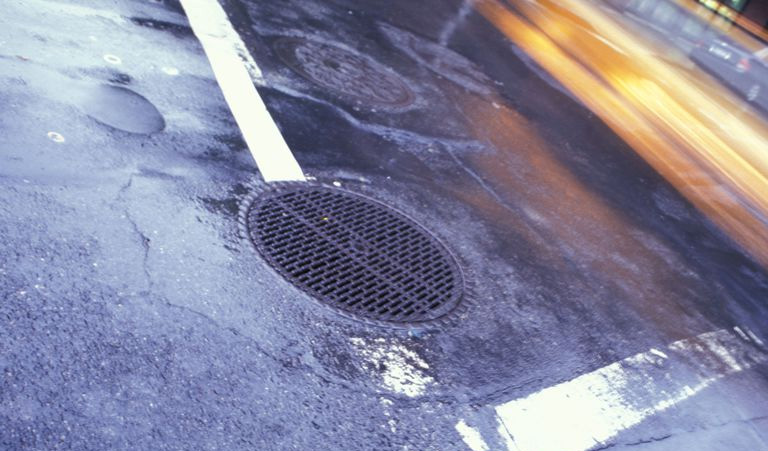Why Does Your Sewer Line Back Up?
We all know what it looks and smells like when a sewer line backs up (even if we wish we didn’t.) The consequences can be messy, filthy, stinky, and downright disgusting. But why does it happen?
A backup means you have a problem with either your sewer line itself or some portion of your plumbing system. Your sewer line (as opposed to the city’s) is the sewer line that runs from your house to the main sewer under the street. It’s part of your property, and thus you’re responsible for maintaining it. For purposes of this discussion, your plumbing system is the network of pipes that connect to your sewer line.

Fundamentally, the problem is that wastewater isn’t running out of your home to the city’s sewer line the way it should. As you would imagine, something’s blocking the path to prevent the wastewater from reaching its destination.
Here’s a step-by-step look at how backups develop and end up dumping all that nasty wastewater back into your home.
How a Backup Develops
Something blocks the flow of wastewater. There can be a number of causes. Sewer lines can simply clog, perhaps because someone’s been putting inappropriate material down a drain, or tree roots can invade them. A sewer line can also sag, collapse, break, or develop cracks or holes that keep it from doing its job.
With nowhere to go, wastewater builds up behind the blockage. Naturally, the more you use your plumbing, the faster the buildup occurs.
The wastewater can’t just keep collecting behind the sewer line blockage forever. There comes a point when there’s no room for any more, and it has to find someplace else to go. At that point, it will come back out the lowest drain in the house. (Often that’s a drain in your basement floor.)
That’s not the end of the process, either. As the backup continues, wastewater will make its way through the plumbing lines that connect to your plumbing fixtures. Then you’re likely to experience problems like multiple drain clogs and gurgling toilets and drains. There’s a good chance you’ll also smell nasty smells coming out of drains and see backups in sinks or tubs when you flush a toilet.
At that point, it will be obvious you need a professional plumber to deal with the sewer line backup.
How a Plumber Fixes a Backup
The first step is to identify the cause of the problem. The plumber will ask you questions to find out exactly what’s happening, when it started, and if it’s happened before. The plumber will also test the plumbing fixtures him- or herself to see what’s going on firsthand and if indicated conduct a piper and sewer line camera inspection to pin down the precise nature of the problem.
Once the plumber knows exactly what’s causing the backup, he or she can provide the appropriate remedy. If you only have a clog, clearing it away should do the trick. If a pipe has cracked, developed a hole, sagged, or collapsed, then the plumber may need to repair or replace it.
If you have a sewer line backup (or any other kind of plumbing problem) we invite you to contact 24-7 Plumbing today. We’re fully licensed and provide service to residential, commercial, and industrial properties. We provide emergency service whenever you need it, use only friendly, experienced, fully qualified technicians, and offer fair, affordable up-front pricing. And of course we guarantee our work.
